Tokyo isn’t just Japan’s capital — it’s the ultimate culinary playground where centuries-old traditions meet modern innovation. The city has mastered the art of taking classic Japanese dishes and elevating them to levels that would impress even the most seasoned food critic. From tiny hole-in-the-wall joints tucked away in narrow alleys to high-end establishments that have earned Michelin stars, Tokyo’s food scene is a testament to the Japanese philosophy of shokunin — the relentless pursuit of perfection in one’s craft.
Exploring Tokyo’s neighborhoods feels like taking a masterclass in Japanese cuisine. The city’s chefs don’t just cook; they create edible art that honors tradition while pushing boundaries in ways that keep locals and visitors coming back for more.
Here is a list of 15 Japanese dishes that Tokyo has truly mastered, each one representing the pinnacle of what this incredible city has to offer.
Ramen
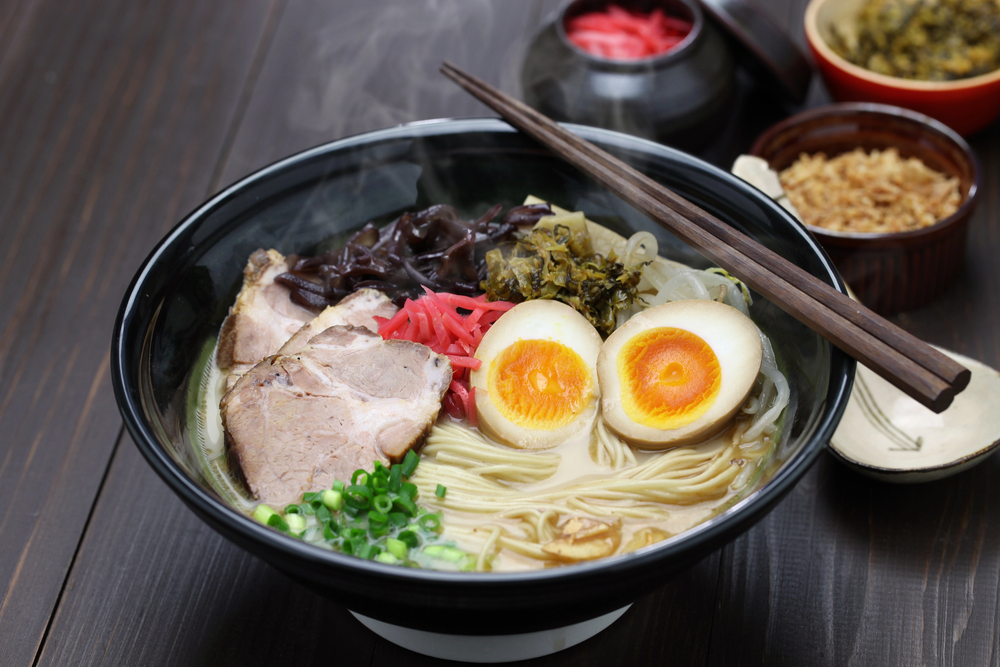
Tokyo’s ramen scene is like a symphony orchestra — every shop plays its own tune, but they all create something magical. The city’s ramen masters have spent decades perfecting their broths, some simmering pork bones for 20 hours straight to achieve that perfect cloudy tonkotsu base. Tokyo-style ramen typically features a clear, soy-based broth that’s lighter than its Kyushu cousins but delivers just as much flavor. You’ll find everything from the classic shoyu ramen in Asakusa to innovative fusion bowls in Shibuya that would make your grandmother question everything she knew about noodle soup.
Sushi
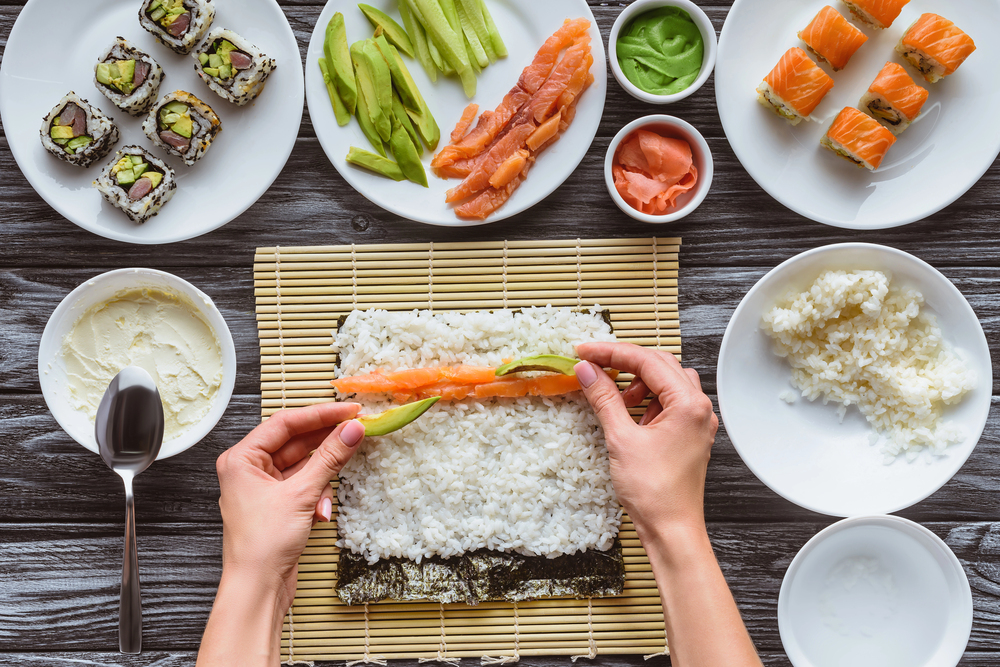
If ramen is Tokyo’s comfort food, then sushi is its crown jewel. The city’s sushi chefs train for years just to learn how to properly cook rice — that’s how seriously they take their craft. Tokyo’s sushi scene ranges from the legendary Tsukiji Outer Market stalls where you can grab incredibly fresh nigiri for breakfast to exclusive omakase experiences in Ginza that cost a small fortune. The fish here is so fresh it practically swims onto your plate, and the rice is seasoned with a precision that would make a Swiss watchmaker jealous.
Tempura
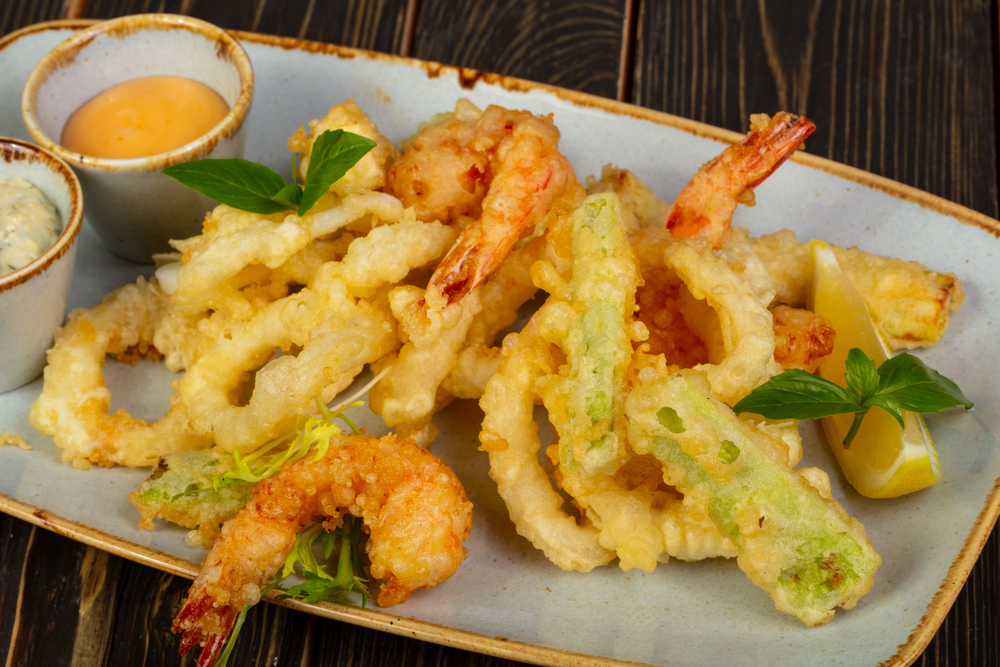
Tokyo’s tempura isn’t just fried food — it’s a delicate dance between batter, oil temperature, and timing that requires ninja-like precision. The city’s tempura masters can tell you the exact temperature of their oil just by listening to the sound it makes when the batter hits it. Tokyo-style tempura is lighter and crispier than what you’ll find elsewhere, with an ultra-thin, almost transparent batter. The secret lies in using ice-cold water and barely mixing the batter, creating a coating that’s more like edible lace than heavy breading.
Yakitori
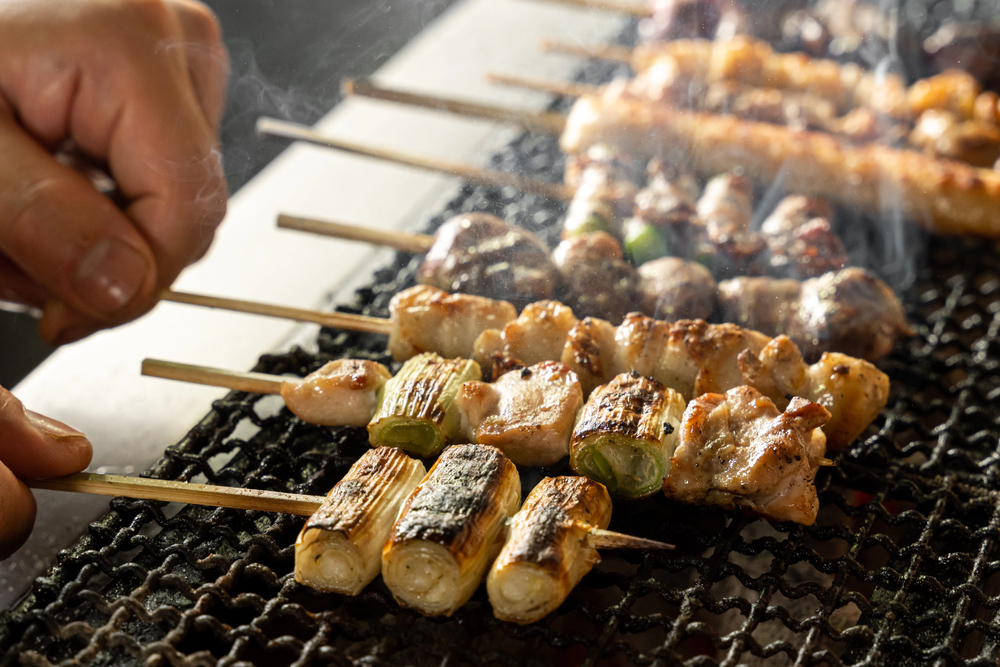
While yakitori might seem simple — it’s just grilled chicken on a stick, right? — Tokyo’s yakitori joints elevate this humble dish to an art form. The city’s yakitori masters know exactly how long to grill each part of the chicken, from the tender breast meat to the chewy cartilage that locals absolutely love. Tokyo’s yakitori scene thrives in tiny establishments tucked under railway bridges, where the smoke from the grills mingles with the chatter of salarymen unwinding after work. These places serve everything from classic thigh meat to adventurous cuts like chicken hearts and liver that taste nothing like what you’d expect.
Soba
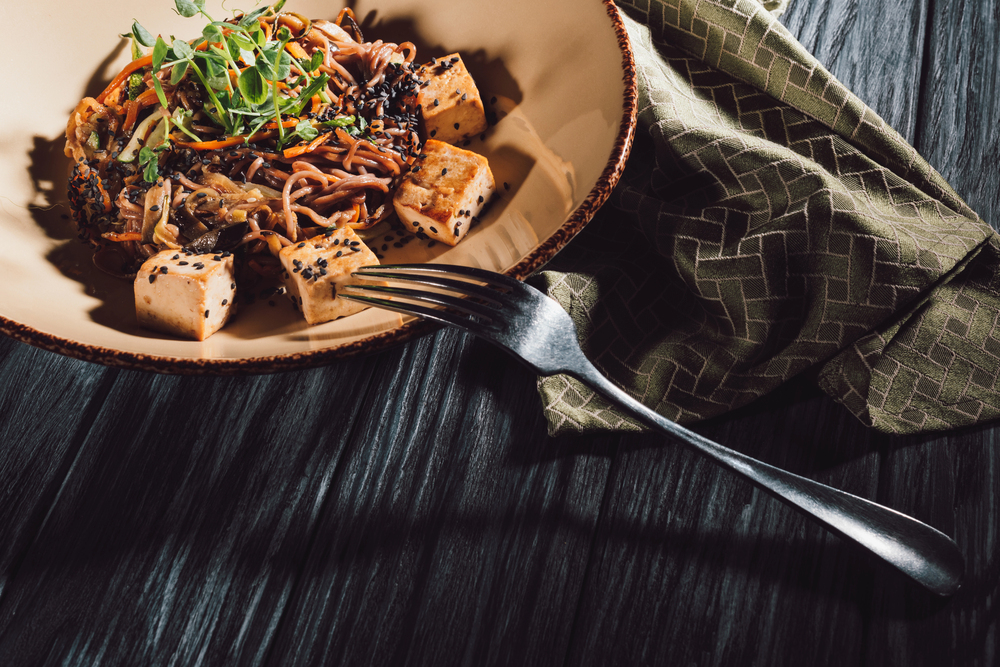
Tokyo’s soba noodles are like the city’s answer to Italian pasta — simple ingredients transformed into something extraordinary through skill and tradition. The city’s soba masters make their noodles fresh daily, using a specific ratio of buckwheat to wheat flour that’s been passed down through generations. Tokyo-style soba is typically served in a lighter, more delicate broth compared to the heartier versions found in other regions. The noodles themselves have a nutty flavor and a texture that’s firm but never tough, and watching a soba master work is like witnessing a meditation in motion.
Unagi
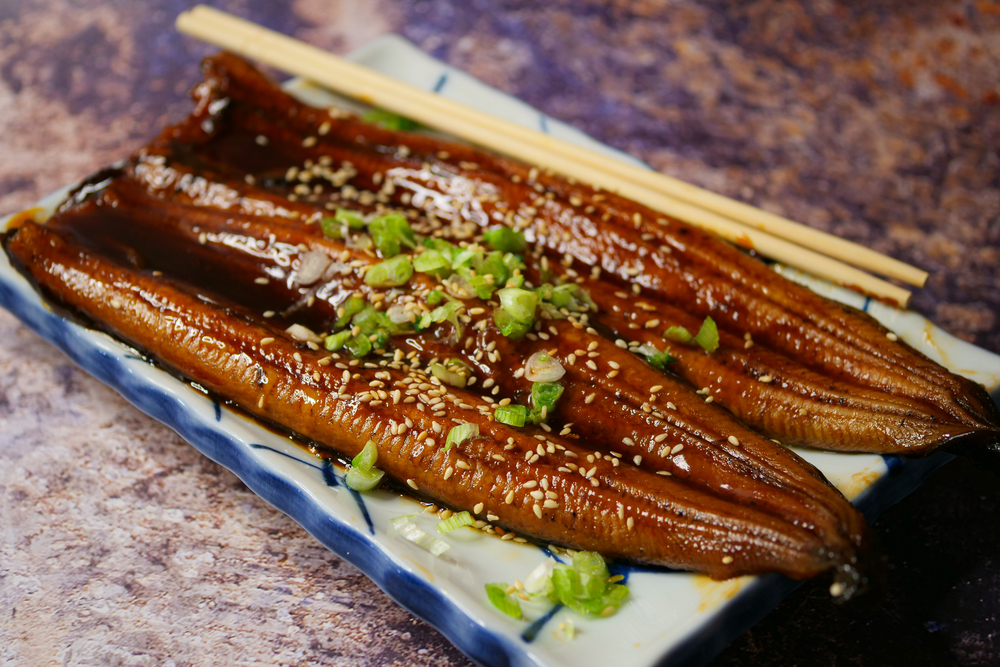
Tokyo’s unagi preparation is so precise it borders on obsessive, and that’s exactly what makes it incredible. The city’s unagi chefs steam the eel first before grilling it, creating a texture that’s tender enough to cut with chopsticks but still has that perfect caramelized exterior. The secret sauce, called tare, is often decades old — some restaurants have been adding to the same batch for over 100 years, creating layers of flavor that you simply can’t replicate overnight. Tokyo’s unagi tastes like summer condensed into bite-sized pieces, with a sweet-savory glaze that would make barbecue sauce jealous.
Kaiseki
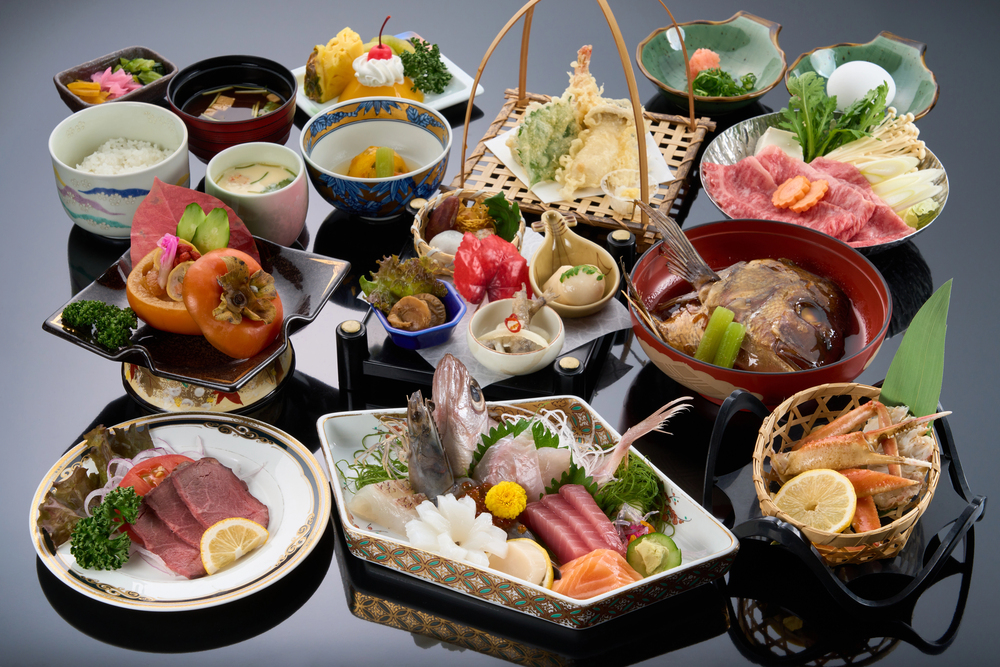
Kaiseki in Tokyo is like attending a culinary theater performance where each course tells part of a larger story. The city’s kaiseki restaurants don’t just serve food — they create seasonal narratives using ingredients that change with the calendar. Tokyo kaiseki chefs spend years learning not just how to cook, but how to select the perfect pottery, arrange flowers, and create an atmosphere that transports diners to a different world. Each dish is a small masterpiece, designed to be appreciated with all five senses, and the progression from one course to the next is as carefully choreographed as a ballet.
Tonkatsu
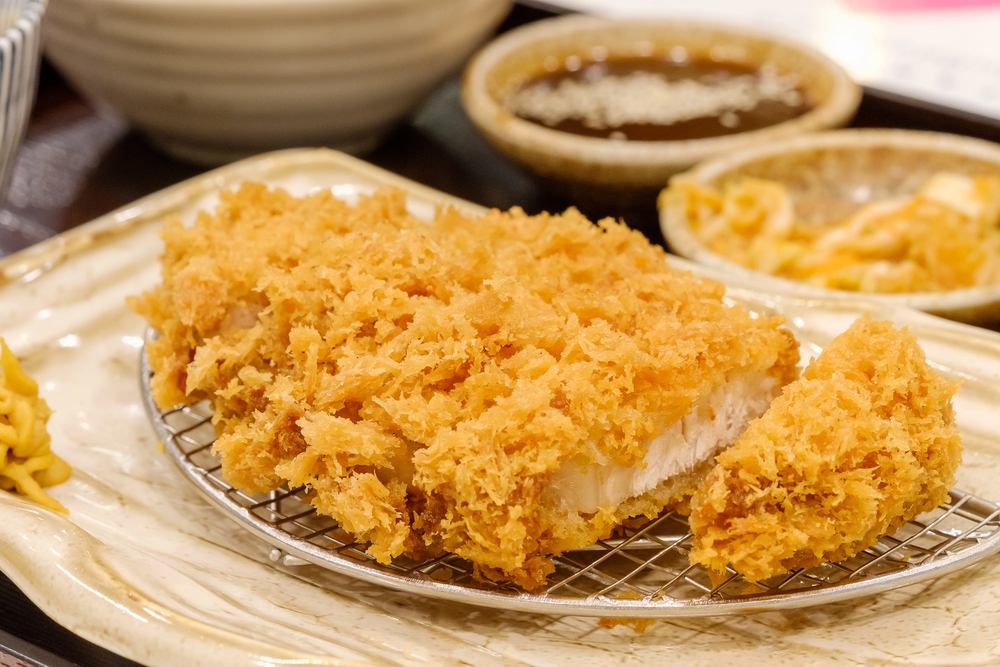
Tokyo’s tonkatsu is comfort food elevated to an art form, where the perfect pork cutlet requires the kind of attention to detail that would make a surgeon proud. The city’s tonkatsu masters bread their cutlets with panko that’s made fresh daily, creating a coating that’s light and airy rather than heavy and greasy. The pork itself is usually premium cuts that are pounded to the perfect thickness, seasoned just right, and fried at precisely the right temperature to create that signature golden crust. Tokyo’s tonkatsu comes with shredded cabbage that’s cut so fine it resembles green snow, and a tonkatsu sauce that’s tangy enough to cut through the richness without overpowering the meat.
Monjayaki
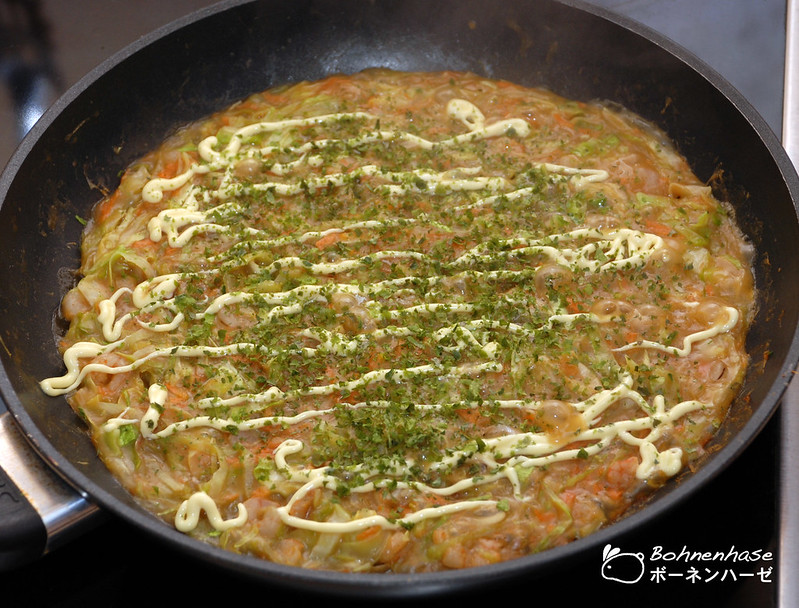
Monjayaki is Tokyo’s weird uncle in the food world — it looks absolutely terrible but tastes incredible once you get past the appearance. This liquid-y pancake is cooked on a hot griddle right at your table, creating a communal dining experience that’s as much about the process as the final product. Tokyo locals eat monjayaki with tiny metal spatulas, scraping up the crispy bits that form on the bottom of the pan — those are considered the best parts. The dish originated in Tokyo’s working-class neighborhoods and remains a beloved local specialty that most tourists never discover, which is honestly their loss.
Chanko Nabe
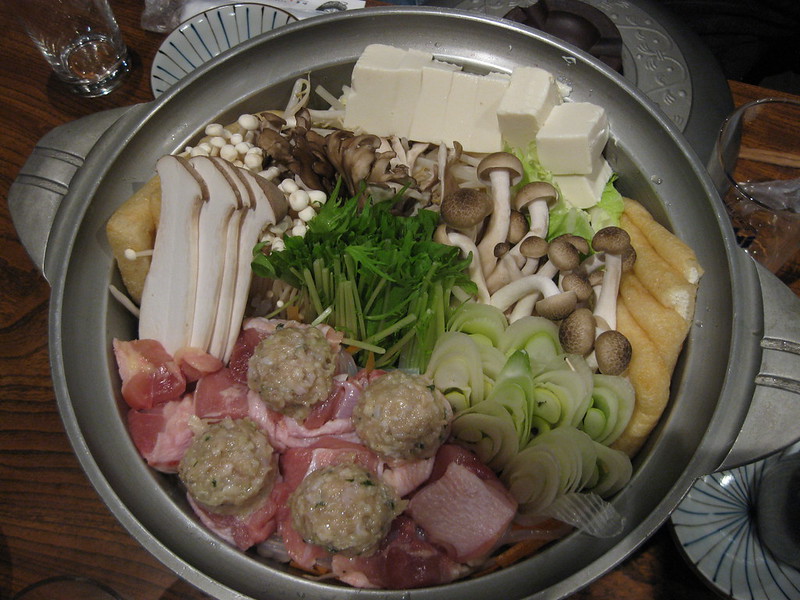
Chanko nabe is the ultimate power meal, originally created to fuel sumo wrestlers but now enjoyed by anyone who wants to eat like a champion. Tokyo’s chanko restaurants serve massive hot pots filled with chicken, fish, tofu, and vegetables in a broth that’s been simmering for hours. The beauty of chanko nabe lies in its simplicity — it’s basically a nutritious soup that can feed a small army, making it perfect for group dining. Tokyo’s chanko spots are often run by former sumo wrestlers who know a thing or two about hearty, satisfying food that sticks to your ribs.
Okonomiyaki
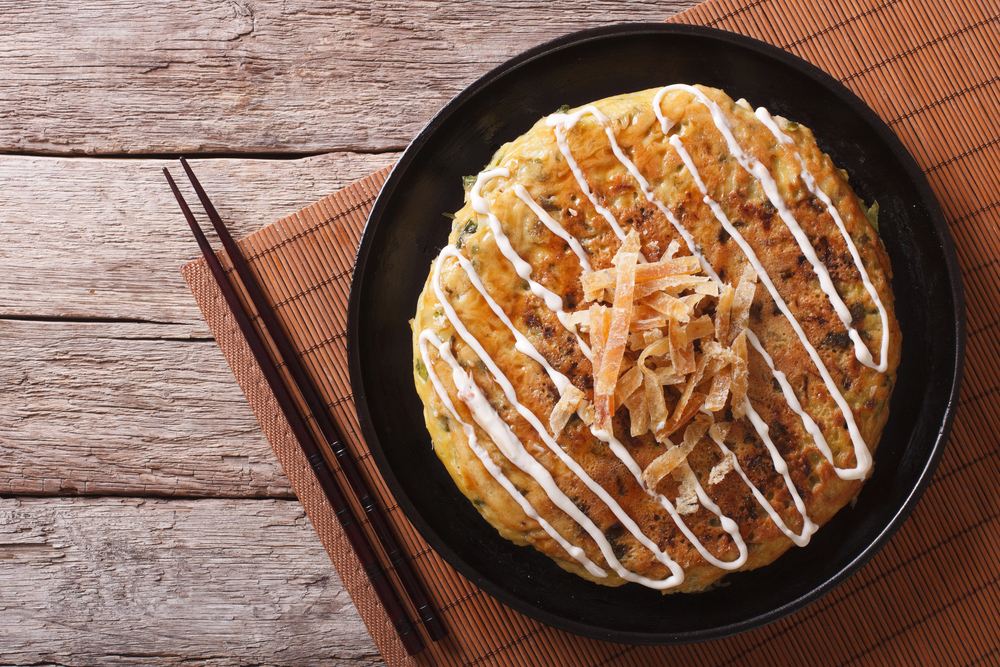
While Osaka might claim to be the okonomiyaki capital, Tokyo has its own distinct style that’s worth celebrating. Tokyo-style okonomiyaki is typically thinner and crispier than its Osaka cousin, with ingredients mixed more evenly throughout the batter rather than layered on top. The city’s okonomiyaki joints often let you cook your own, turning dinner into an interactive experience where half the fun is trying not to flip your pancake too early. Tokyo’s version often includes more seafood and vegetables, creating a lighter dish that doesn’t leave you feeling like you need a nap afterward.
Chirashi
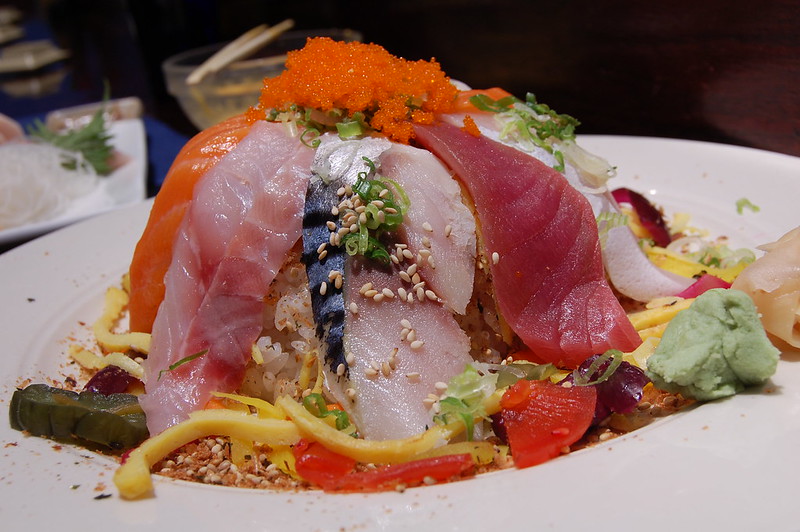
Tokyo’s chirashi bowls are like sushi’s more casual cousin — all the amazing flavors without the formal presentation. The city’s chirashi masters arrange their raw fish over seasoned rice with an artistic eye that would make a museum curator proud. Tokyo’s chirashi typically features whatever fish is freshest that day, creating a different experience each time you visit. The rice underneath is seasoned with just the right amount of vinegar and sugar, providing the perfect base for the jewel-like pieces of fish on top.
Yakiniku
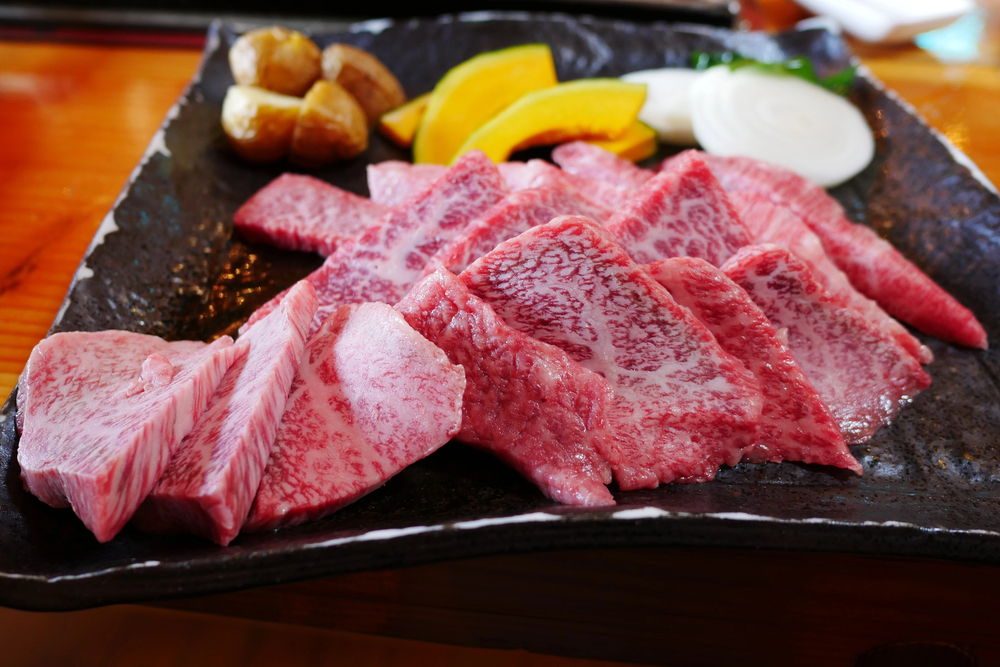
Tokyo’s yakiniku scene has taken Korean barbecue and given it a distinctly Japanese twist, creating an experience that’s uniquely Tokyo. The city’s yakiniku restaurants focus on incredibly high-quality beef, often from specific regions of Japan that are known for their cattle. Tokyo yakiniku is all about the meat — the marinades are subtle, designed to enhance rather than mask the natural flavors of the beef. The atmosphere in these places is convivial and relaxed, with groups of friends and coworkers gathered around tabletop grills, cooking their meat to their exact preferences.
Katsu Sando
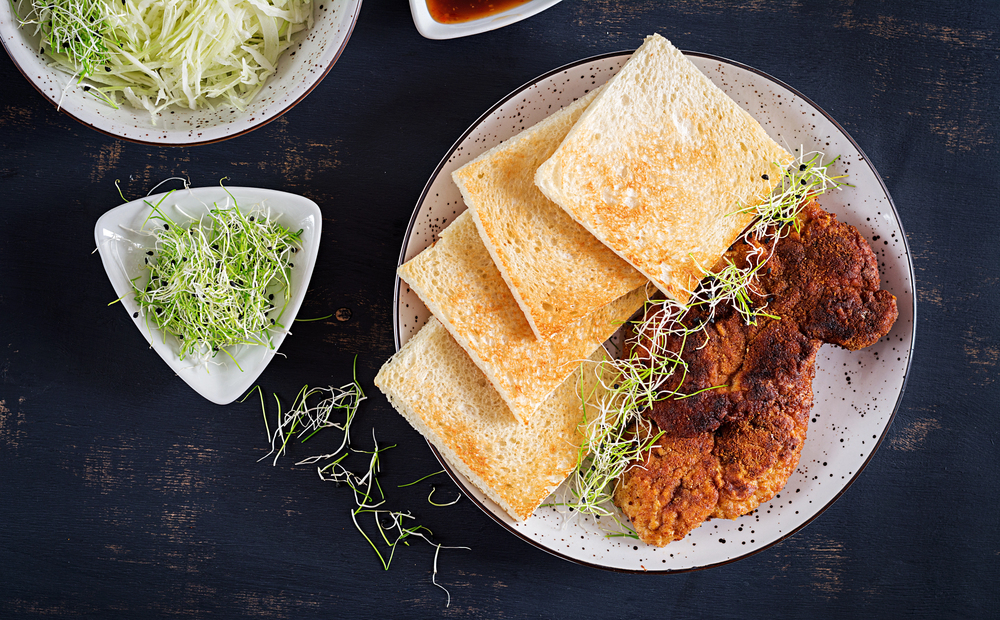
The katsu sando is Tokyo’s answer to the perfect sandwich — a crispy pork cutlet nestled between pillowy soft bread that’s been trimmed of its crusts. Tokyo’s katsu sando masters use bread that’s so soft it practically melts in your mouth, providing the perfect contrast to the crunchy cutlet inside. The tonkatsu sauce is applied with a light hand, just enough to add flavor without making the bread soggy. These sandwiches are popular as quick lunches or late-night snacks, and the best ones are found in convenience stores and small sandwich shops throughout the city.
Taiyaki
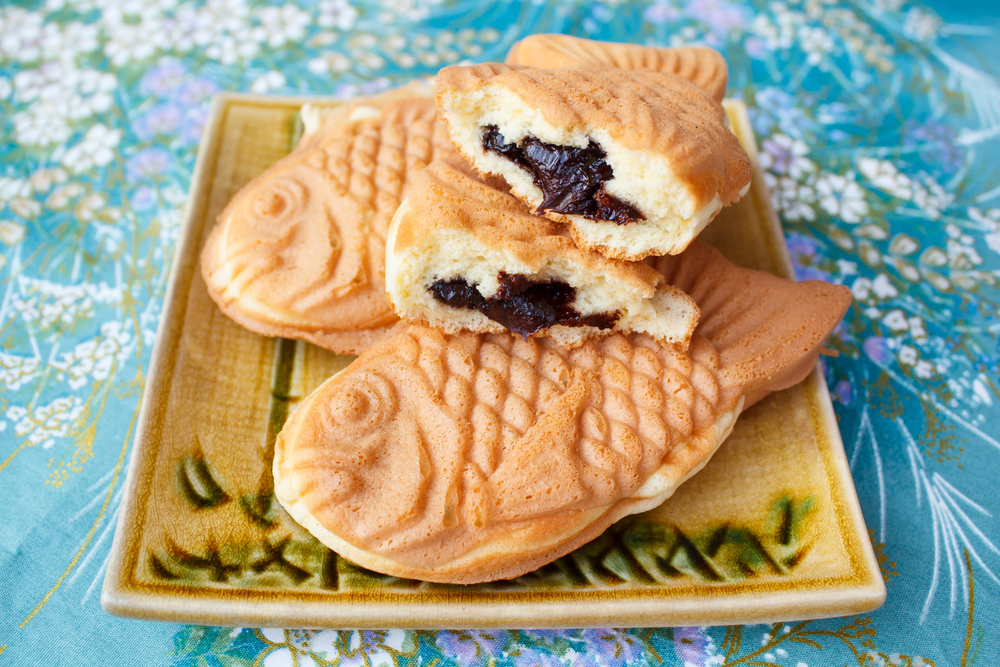
Tokyo’s taiyaki stands are like little happiness factories, churning out fish-shaped pastries filled with sweet red bean paste that’s been perfected over generations. The city’s taiyaki makers use custom molds that create perfectly crispy exteriors while keeping the filling warm and gooey. Tokyo taiyaki is traditionally filled with anko (sweet red bean paste), but modern versions include everything from custard to chocolate to seasonal flavors like sweet potato. The best taiyaki is eaten hot, right off the griddle, when the contrast between the crispy shell and the warm filling is at its peak.
Where Ancient Craft Meets Modern Innovation
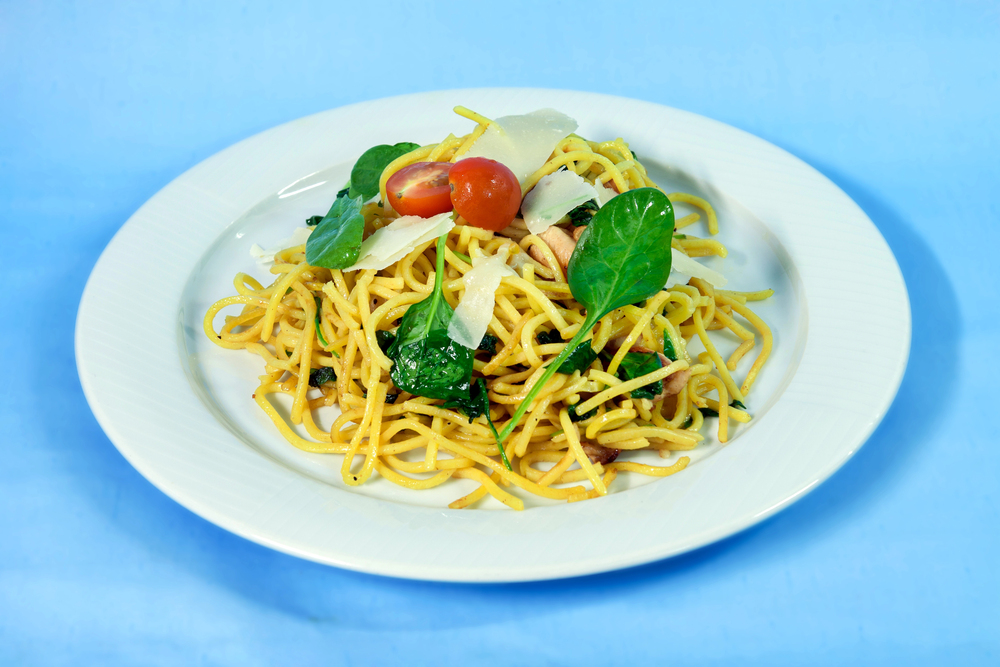
Tokyo’s mastery of these dishes represents something deeper than just good cooking — it’s a living demonstration of how tradition can evolve without losing its soul. The city’s chefs honor centuries-old techniques while embracing innovation, creating food that’s both timeless and thoroughly modern. Each dish tells the story of Tokyo itself: a place where the past and future coexist in delicious harmony. Whether you’re slurping ramen at a counter that seats six people or experiencing a multi-course kaiseki meal, you’re participating in a culinary tradition that continues to evolve with each generation. Tokyo doesn’t just serve food — it serves edible history, one incredible dish at a time.
More from Travel Pug

- 20 Best Beach Towns in the Carolinas
- 13 Destinations Where Tourists Regularly Regret Their Trip
- 20 Things You Actually Get in First Class
- 20 Small Airports With Aviation Museums
- 20 Places in the U.S. That Are Perfect for a Reset Trip
Like Travel Pug’s content? Follow us on MSN.
